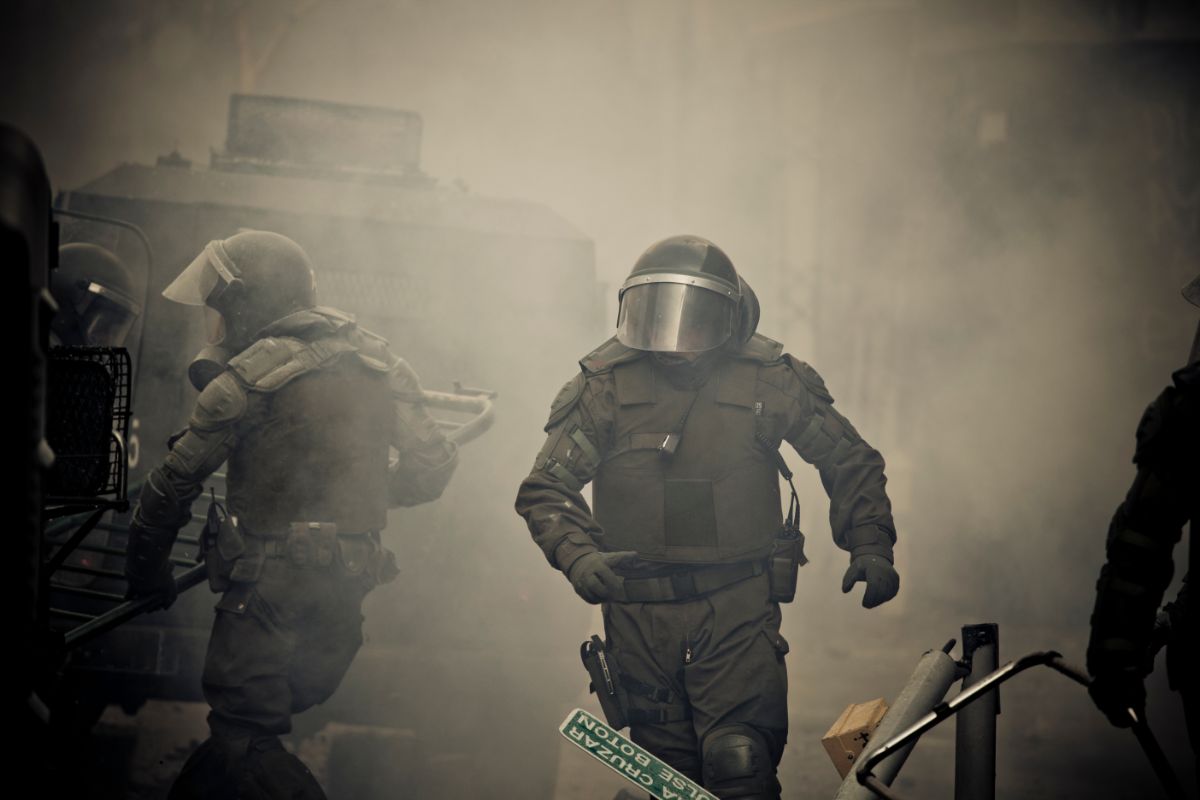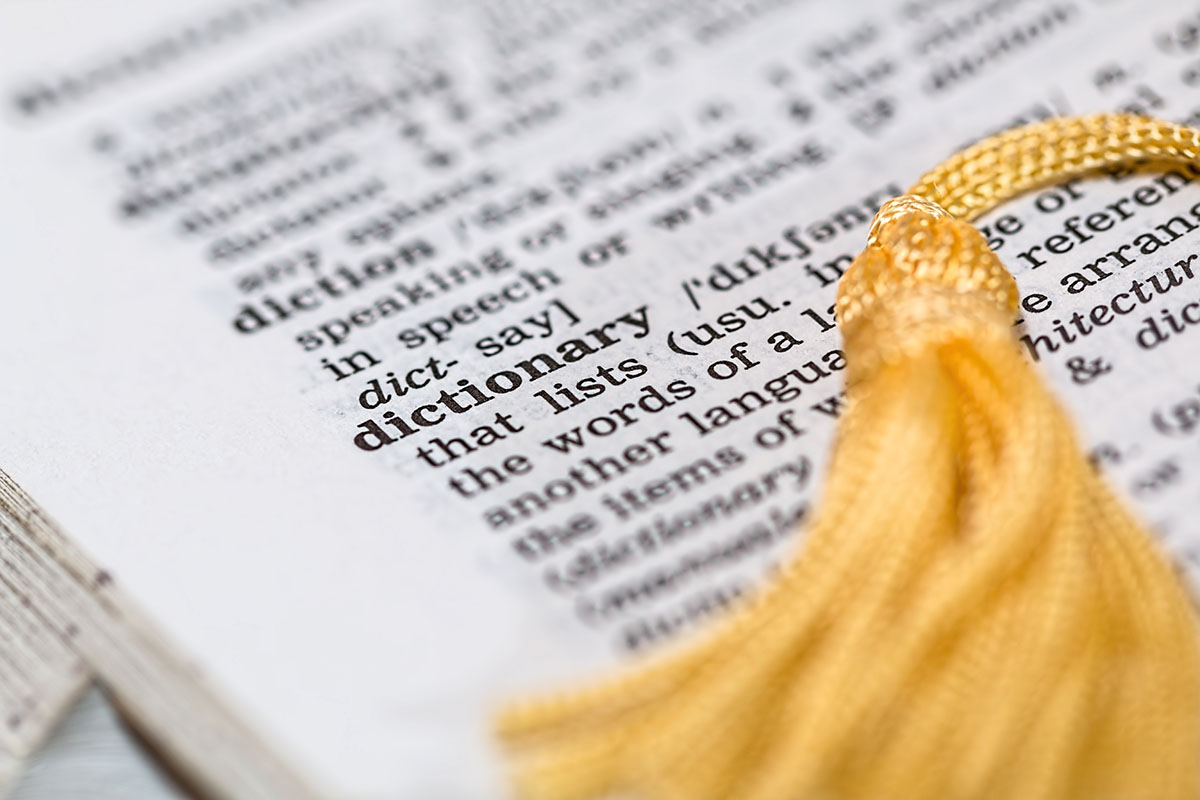Blog
Deadly Snakes
One of the most entertaining movies I remember from an earlier era was Raiders of the Lost Ark which hit the theaters in 1981. It was a fun movie with actor Harrison Ford as “Indiana Jones” (AKA Professor Henry Walton Jones, Jr.) If you recall the film, perhaps you can recall that in spite of Indiana Jones’ penchant for rushing head-on into danger, there was one particular thing for which he had a strong phobia. It was snakes. Serpents always gave him a panic-attack.
Some of my readers may recall Issue #334 of Uncommon Sense which was published back in June of this year where I wrote a piece about “Dangerous Spiders.” I claimed, correctly, that the single most dangerous spider in terms of lethality was the Sydney Funnel Web spider, topping the Brazilian Wandering spider, the Black Widow spider, and the Brown Recluse spider. While those were my Top 4 in the spider category, I’ll have to do a Top 5 for snakes.
And I hasten to add that Indiana Jones may well have been on to something, for as dangerous as the Sydney Funnel Web spider is, it doesn’t hold a candle to certain deadly snakes. So, without further ado, here is my list, in reverse order, of the top 5 most lethal snakes on our planet.
Number 5: The King Cobra (AKA Ophiophagus Hannah). This should not surprise anyone. This deadly snake is mostly located in India and throughout Southeast Asia. As a general rule, the King Cobra is the deadliest of all the various species of cobras and its bite packs quite a punch! They are rather shy as far as snakes go, except when they are defending their nest, in which case they can suddenly become quite aggressive. It is also the world’s longest venomous snake, coming in at between 10 and 13 feet in length, with the official record being 18 feet 8 inches! The typical King Cobra can “stand up” to about 5 feet tall without any problem. If that isn’t scary enough, the King Cobra can make a sort of growling-hissing sound – it’s really quite frightening to hear! Its venom is also quite unusual in that it is a mixture of two distinct poisons: a neurotoxin that will shut down your nervous system, plus a cardiotoxin that will stop your heart from functioning, two really potent ways to be destroyed. However, worse than this unusual mixture of venoms is the fact that the King Cobra tends to deliver a whopping amount of poison per bite, (around 1,000 mg of venom in a single bite) more so than all other poisonous snakes. I should also mention that of the five deadliest snakes on this list, it is the King Cobra that sports the longest fangs of any of them: somewhere between 8 to 10 mm, or about one-third of an inch. When a human being is bitten, it causes rapid paralysis, collapse, severe pain, and respiratory failure! One serious bite can end a human life in about one hour. In fact, a bite from a King Cobra can kill the largest land mammal on earth – the African Bush Elephant which can weigh up to 14,000 pounds. None of the other snakes on this list can do that. That alone should tell you something.
Number 4: The Black Mamba (AKA Dendroaspis polylepis). Found in Sub-Saharan Africa, this species of snake is similar to the Sydney Funnel Web Spider in that it is a very confident snake, and very aggressive, infinitely more so than the King Cobra. Taunt it, screw with it in any way, and it will go into attack mode with relentless fury and it won’t let up. And good luck trying to run away from it; unless you’re Usain Bolt from Jamaica, it can outrun you. And it will corner you if it can, and then unleash its fury on you with relentless aggression. Unlike the King Cobra that has two distinct types of toxins, the Black Mamba has a single neurotoxin but that particular toxin is so potent that it can end your life in 20 minutes. If you see one, pray that you see it from a distance and that you go in the opposite direction swiftly.
Number 3: Hook-Nosed Sea Snake, or sometimes called the Belcher’s Sea Snake (AKA Hydrophis belcheri). Guess what country is home to this snake. Think! Answer: None of them! It’s a Sea Snake for heaven’s sake! The Indian Ocean is its home, but it can also be found in the Timor Sea and also along the coastal waters of Southeast Asia. With this snake there is both bad news and good news. The bad news is that it’s more deadly than both the King Cobra and the Black Mamba! That’s because it has both a neurotoxic venom and a myotoxic venom. This frightening cocktail is so explosively deadly that one bite from this snake will almost instantly shut down your nerves, cause kidney failure, and even dissolve your muscle tissue! However, the good news is that this snake is pretty much the polar opposite temperament from the Black Mamba in that it is a very docile snake and normally has no aggressive nature nor a desire to harm humans. But again, if it does bite you, its venom per milligram is more horrific than just about any land snake on earth. Which brings us to our next fearsome snake.
Number 2: The Saw-Scaled Viper, sometimes called the Carpet Viper (AKA Echis carinatus). This monster is found throughout the Middle East, in India, and in Africa. Like the Black Mamba, this particular species of snake is irritable and ill-tempered. It is truly “bad to the bone!” It is mean-spirited. It hates everyone and everything, including, perhaps, itself. It’s a hothead. And like the Black Mamba, it is lightning fast; it strikes without warning with a speed that is dizzying! You’ll never see it coming. And here’s the worst part: Unlike the Hook-Nosed Sea Snake mentioned above, this snake wants to bite humans, does bite humans, and does so in very large numbers! If we were to measure lethality by how many human deaths a snake causes on an annual basis, this snake could have been in the Number 1 spot because human fatalities on an annual basis number in the thousands! This snake sports a vicious hemotoxin that destroys tissue, prevents blood from clotting, and causes massive internal bleeding. Many victims of its bite die from shock or blood loss prior to being able to receive medical care on time. And while this snake is rather small, especially when compared to a King Cobra, its small size camouflages it, and that combined with its lightning quick strike makes unintentional encounters with this snake quite common.
Yet there is one final snake even more deadly than the Saw-Scaled Viper. . . Ready? Here it is.
Number 1: The Inland Taipan (seen in the accompanying photo), sometimes called the Fierce Snake or the Small-Scaled Snake (AKA Oxyuranus microlepidotus). This land snake is found in Central Australia. Again, as with the Hook-Nosed Sea Snake, there is good news and bad news. The good news is that unlike the Black Mamba and unlike the Saw-Scaled Viper, the Inland Taipan is unusually calm, plus it is rarely encountered by humans due to its remote location. But the bad news is that its venom is widely regarded as the single-most potent snake venom on our entire planet! (Only the Box Jellyfish is more lethal). The Inland Taipan snake’s venom is unimaginably merciless because it is a thermonuclear cocktail consisting of neurotoxins, hemotoxins, and myotoxins – a triple threat! (It’s called the Fierce Snake due to the effects of its venom, not due to its temperament). One single bite from this snake has enough explosive poison to kill more than 100 adult humans. The neurotoxins shut down your nerves very quickly. The hemotoxins destroy both your blood vessels and your blood itself! And the myotoxins break down your muscle tissue very rapidly! While it rarely encounters humans, let alone bite them, in terms of snake venom potency, nothing surpasses the Inland Taipan. Getting bitten by a Black Mamba is a picnic in comparison to a bite from the Inland Taipan.
So Indiana Jones, as brave and as tough as he is, was well within bounds to be deeply fearful of snakes, and you should be, too, at least when it comes to these five snakes.





